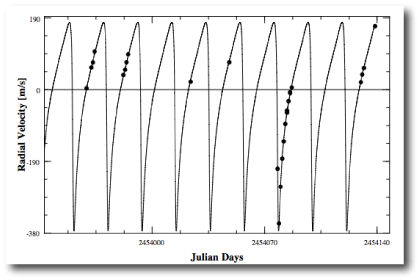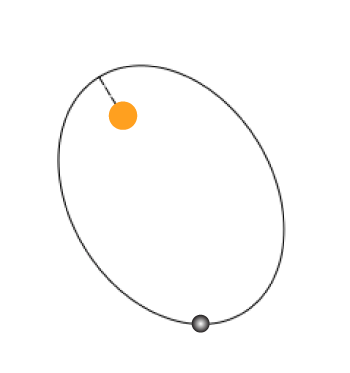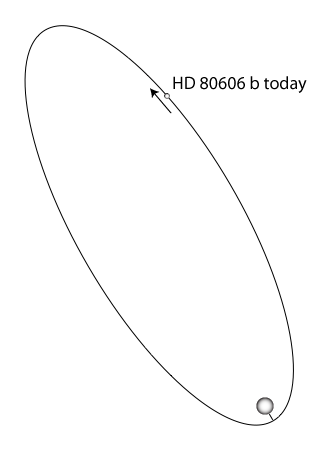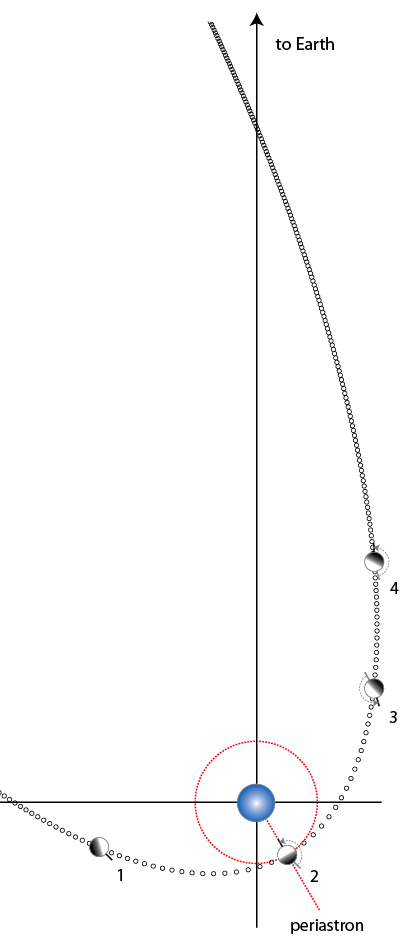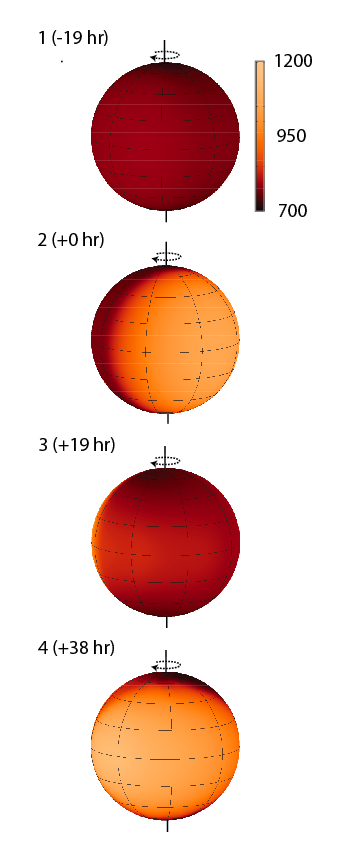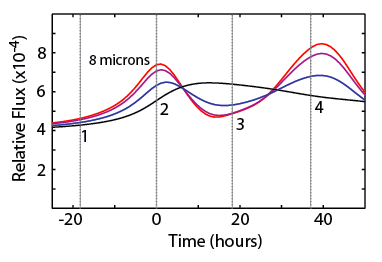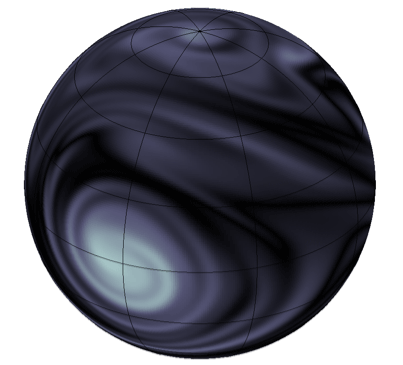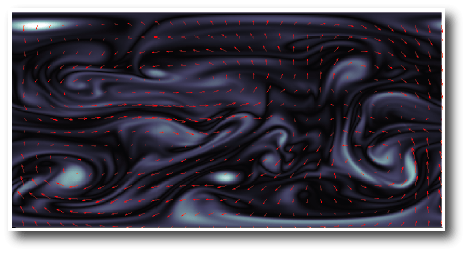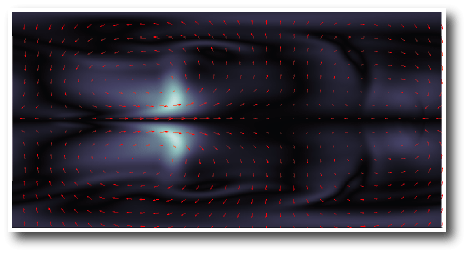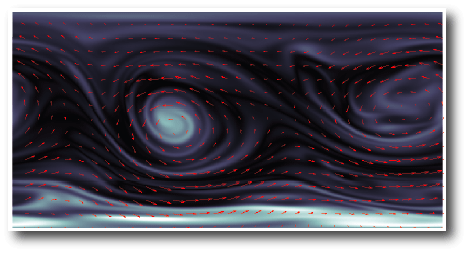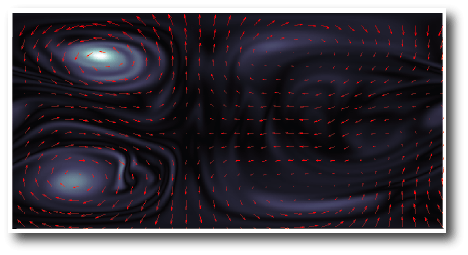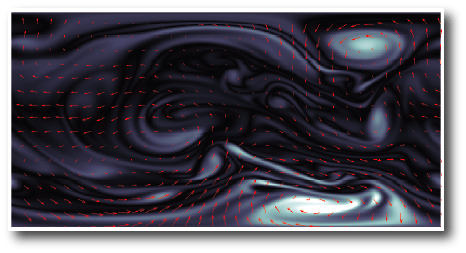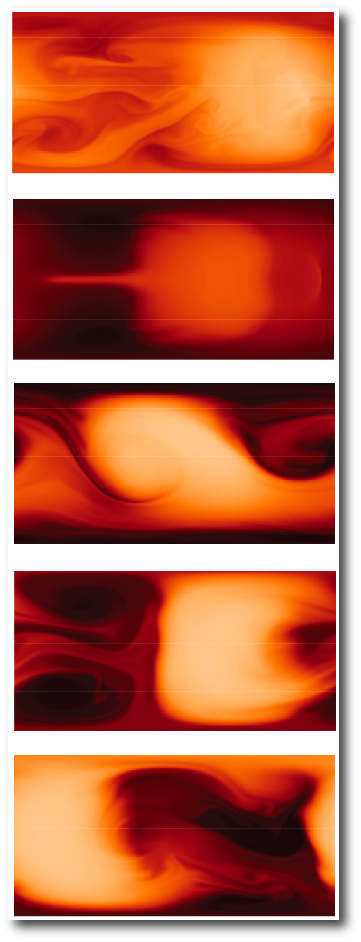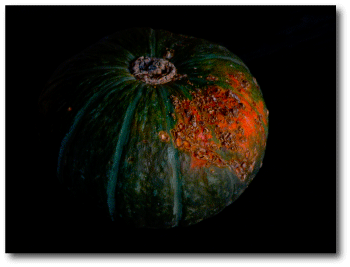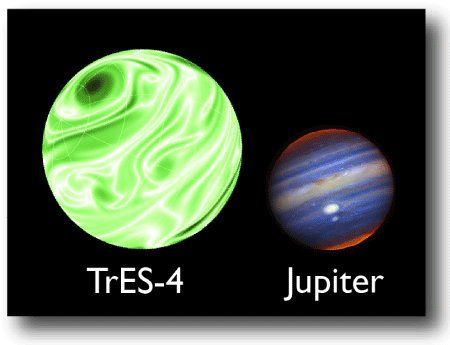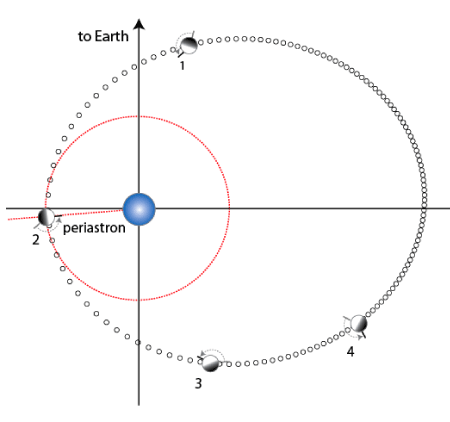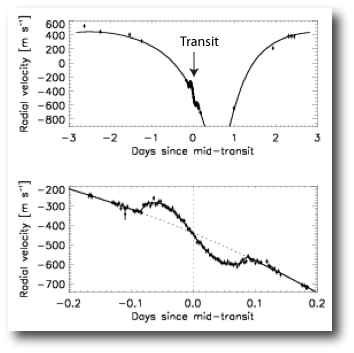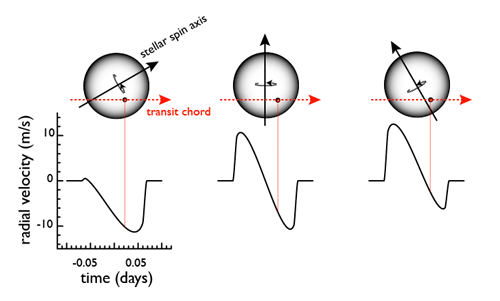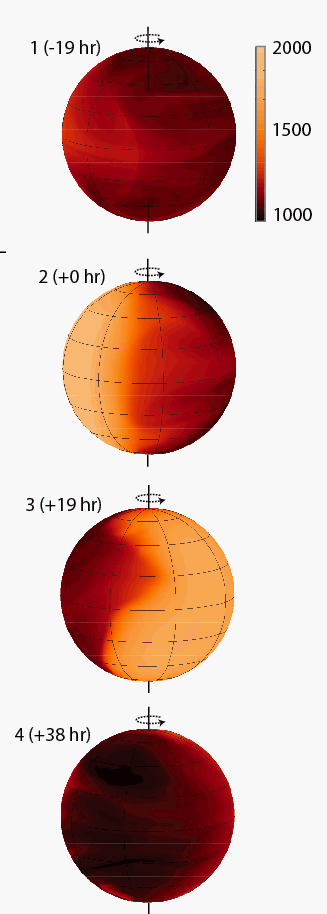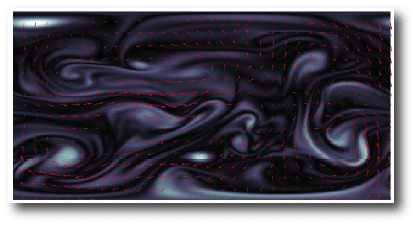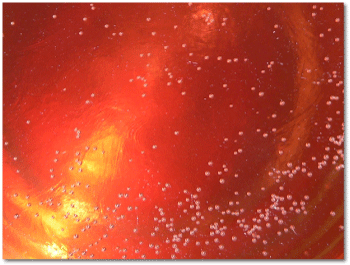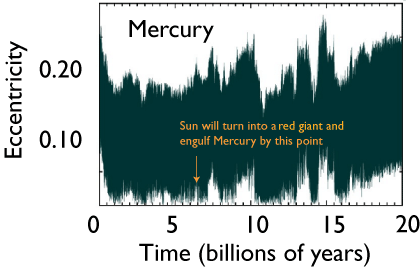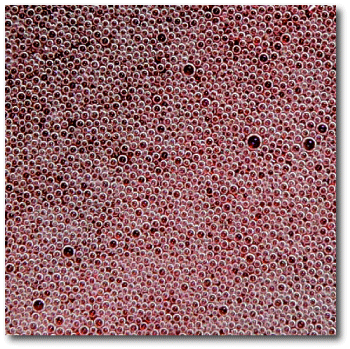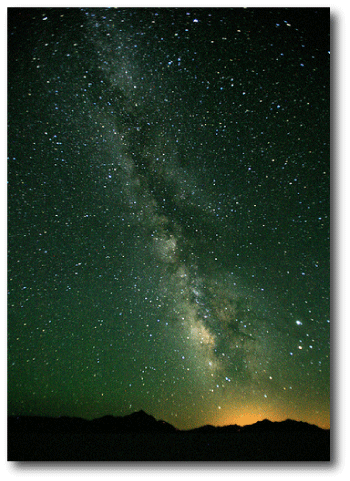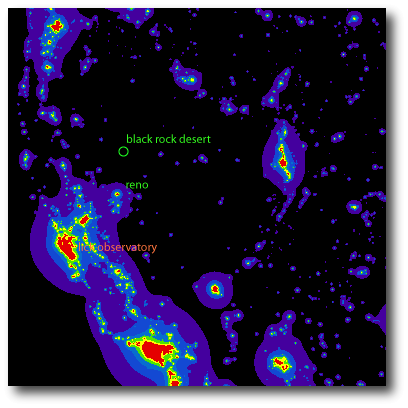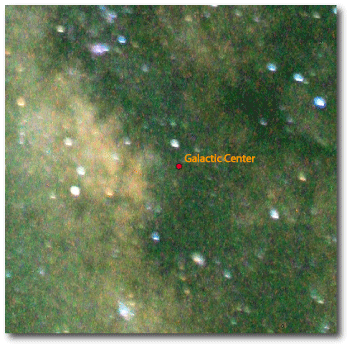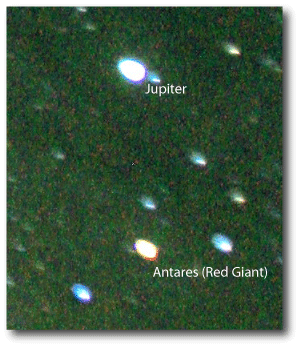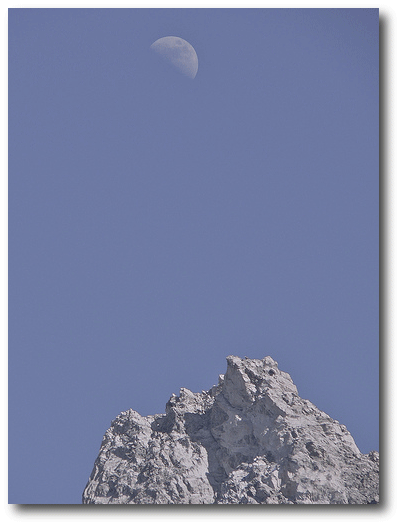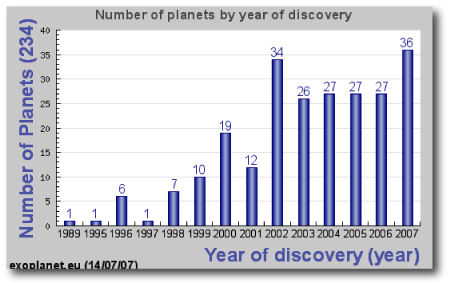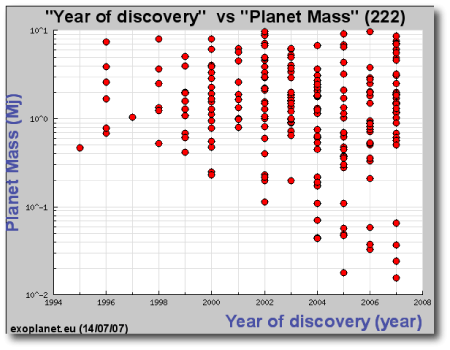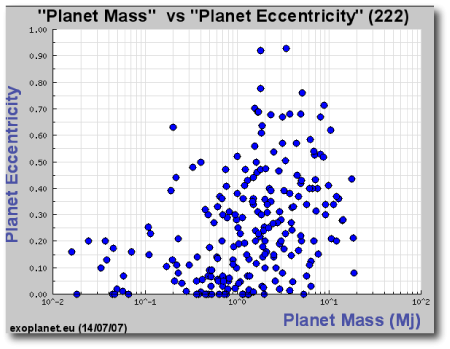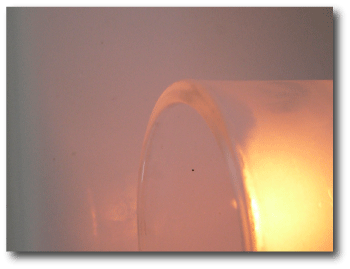
Image Source.
Regular oklo readers will recall Gillon et al.’s discovery that the Neptune-mass planet orbiting the red dwarf star Gl 436 can be observed in transit. Transitsearch got scooped, and the whole eposide got me all worked up enough to neglect the exigencies of everyday academic life and reel off three straight posts on the detection and its consequences (see here, here, here, and also here). The transits of Gl 436 b are a big deal because they indicate that the planet is possibly composed largely of water. It’s not a bare rock and it’s not a Jupiter-like gas giant. Rather, it’s consistent with being a fully Neptune-like object, hauled in for inspection on a 2.64385 day orbit.
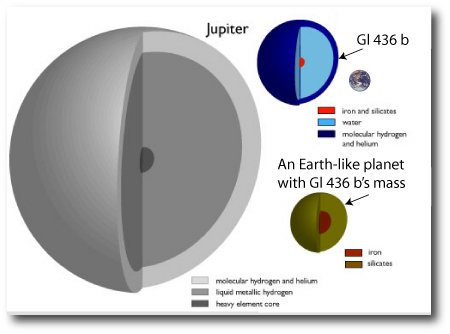
Following Gillon et al.’s announcement, it became clear that Gl 436 transits would fit into a window of observability during the June 24th – July 04 IRAC campaign on the Spitzer Space Telescope. The red dwarf parent star, furthermore, because of its proximity, is bright enough for Spitzer to achieve good photometric signal-to-noise at 8-microns. As a result, Joe Harrington’s Spitzer Target of Opportunity GO-4 proposal was triggered, and the Deep Space Network radioed instructions to the spacecraft to observe the primary transit on June 29th, as well as the secondary eclipse (when the planet passes behind the star) on June 30th, a bit more than half an orbit later. Joe, along with his students Sarah Navarro and William Bowman, and collaborators Drake Deming, Sara Seager, and Karen Horning asked me if I wanted to participate in the analysis. After watching all the ‘436 action from the sidelines in May, I was more than happy to sign up!
One of the most exciting aspects of being a scientist is the round-the-clock push to get a time-sensitive result in shape for publication. There’s a fantastic sense of camaraderie as e-mails, calculations, figures and drafts fly back and forth. On Monday afternoon PDT (shortly after midnight GMT) when Mike Valdez sent out his daily astro-ph summary, it was suddenly clear that we were under tremendous pressure to get our results analyzed and submitted. The Geneva team had swooped in and downloaded the data for the primary transit the moment it was released to the community! They had cranked out a reduction, an analysis, and a paper, all within 48 hours. Their light curve confirmed the ground-based observations. Spitzer’s high-quality photometry indicates that the planet is slightly larger than had been indicated by the ground-based transit observations. Drake submitted our paper yesterday afternoon.
Fortunately for us, the real prize from Spitzer is the secondary eclipse. Its timing is capable of independently confirming that the orbit is eccentric, and the depth gives an indication of the surface temperature on the planet itself.
The upper panel of the following figure shows the raw Spitzer photometry during the secondary eclipse window. IRAC photometry at 8 μm is known to exhibit a gradually increasing ramp-up in sensitivity, due to filling of charge traps in the detectors, but even before this effect is modeled and subtracted, the secondary transit is visible to the eye. The bottom panel shows the secondary transit in detail.
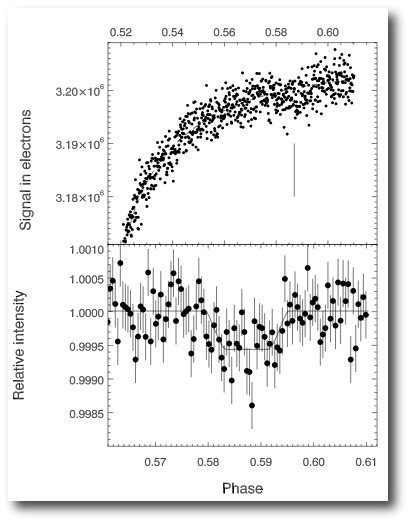
The secondary transit occurs 58.7% of an orbit later than the primary transit, which proves that the orbit is eccentric. A detailed fit to the transit times and to the radial velocities indicates that the orbital eccentricity is e=0.15 — halfway between that of Mars (e=0.1) and Mercury (e=0.2). The orbital geometry can be drawn to scale in a diagram that’s 440 pixels across:
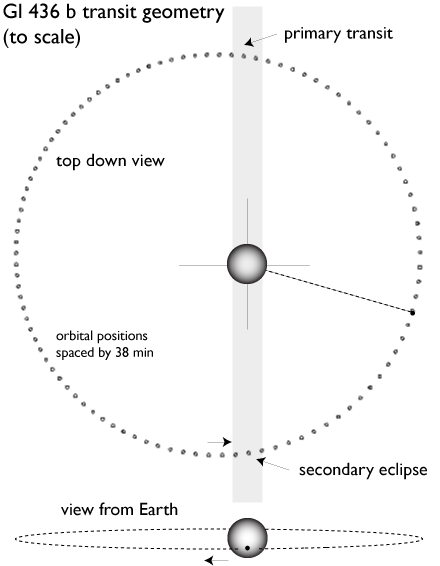
The depth of the secondary eclipse is 0.057%, which allowed us to estimate a 712 ± 36K temperature for the planetary surface.
A temperature of 700+ K is hotter than expected. If we assume that the planet absorbs all the energy that it gets from the star and re-radiates its heat uniformly from the entire planetary surface, then the temperature should be T = 642 K. The higher temperature implied by the secondary eclipse depth could arise from inefficient transport of heat to the night side of the planet, from a non-“blackbody” planetary emission spectrum, from tidal heating, or from a combination of the three. If the excess heat is all coming from tidal dissipation, then the Q-value for the planet is 7000, suggesting that it’s a bit more dissipative inside than Uranus and Neptune.
What would Gl 436 b look like if we could go there? To dark adapted eyes, the night side is just barely hot enough to produce a faint reddish glow (as is the case on the surface of Venus, which has a similar temperature). The atmosphere is too hot for water clouds, and is likely transparent down to a fairly high atmospheric pressure level. The day-side probably reflects a #E0B0FF-colored hue that contrasts with the orange-yellow light of the star. The planet spins with a period of 2.32 days so that it can be as spin-synchronous as possible during the sector of its orbit closest to periastron. At a fixed longitude on the planet, the day drags on for 456 hours from high noon to high noon.
Jonathan Langton has been running atmospheric simulations with the latest parameters. On the phone, just a bit ago, he would only say that the preliminary results were “interesting”…

